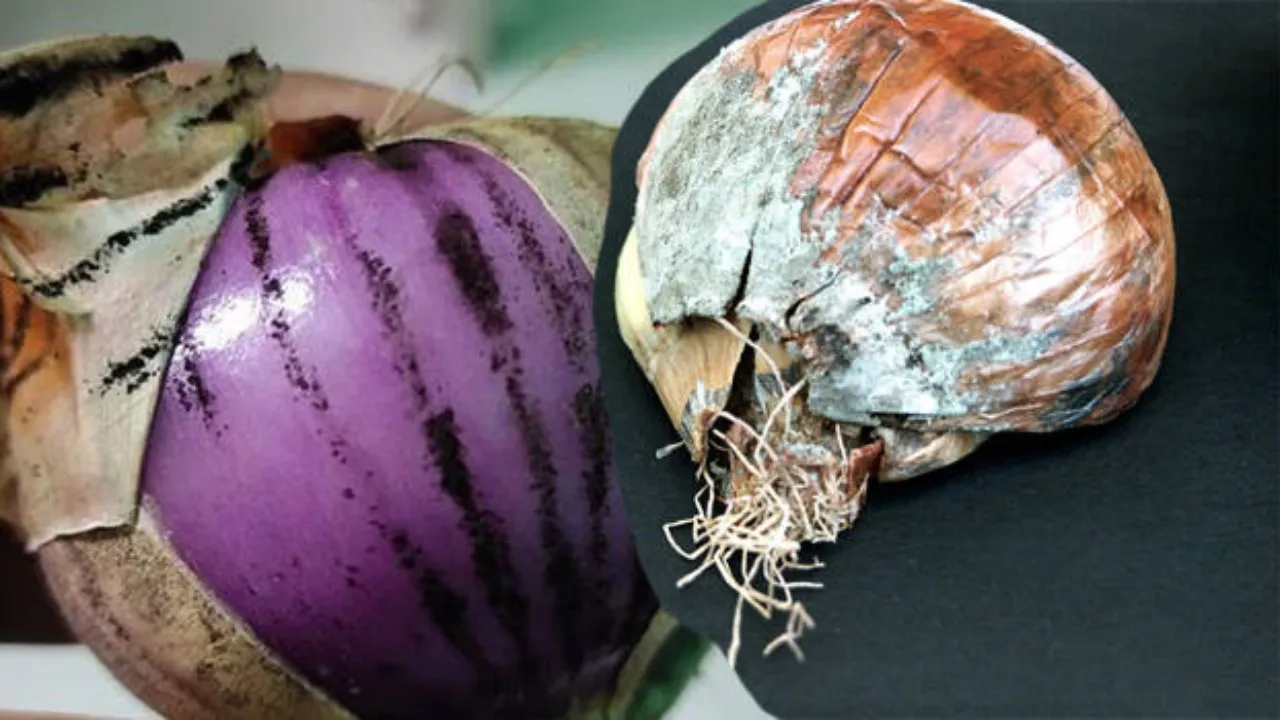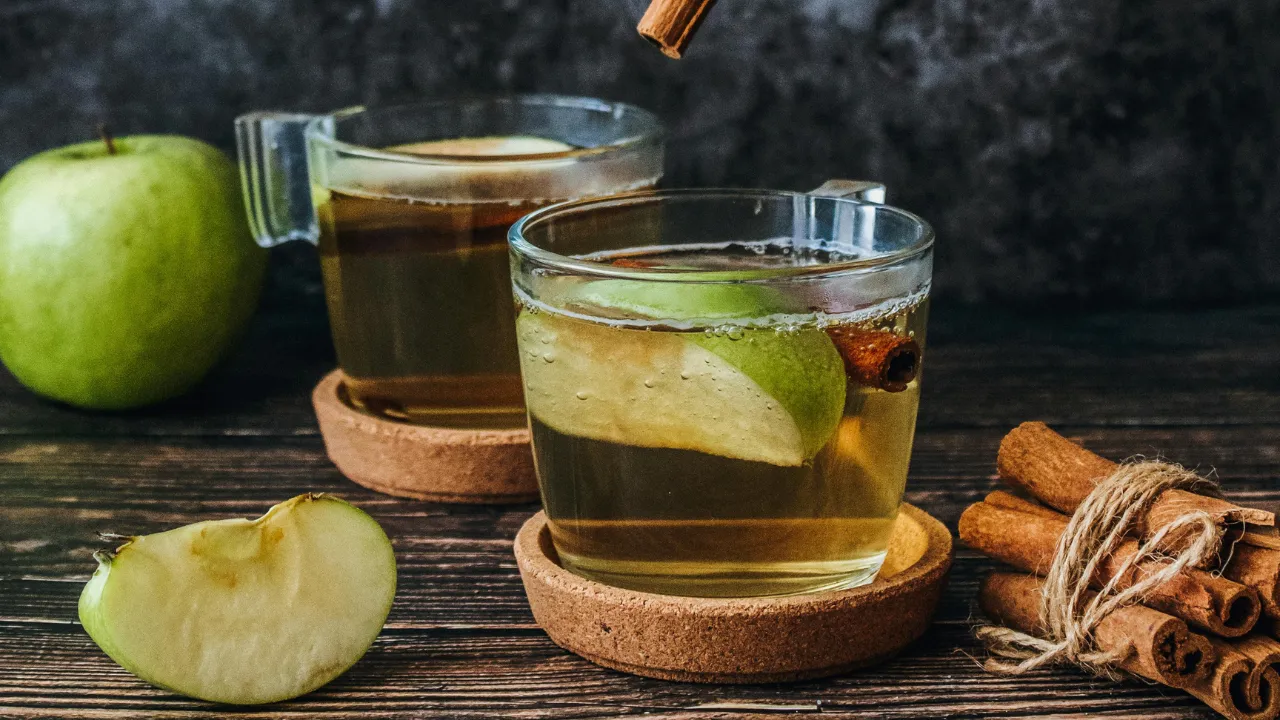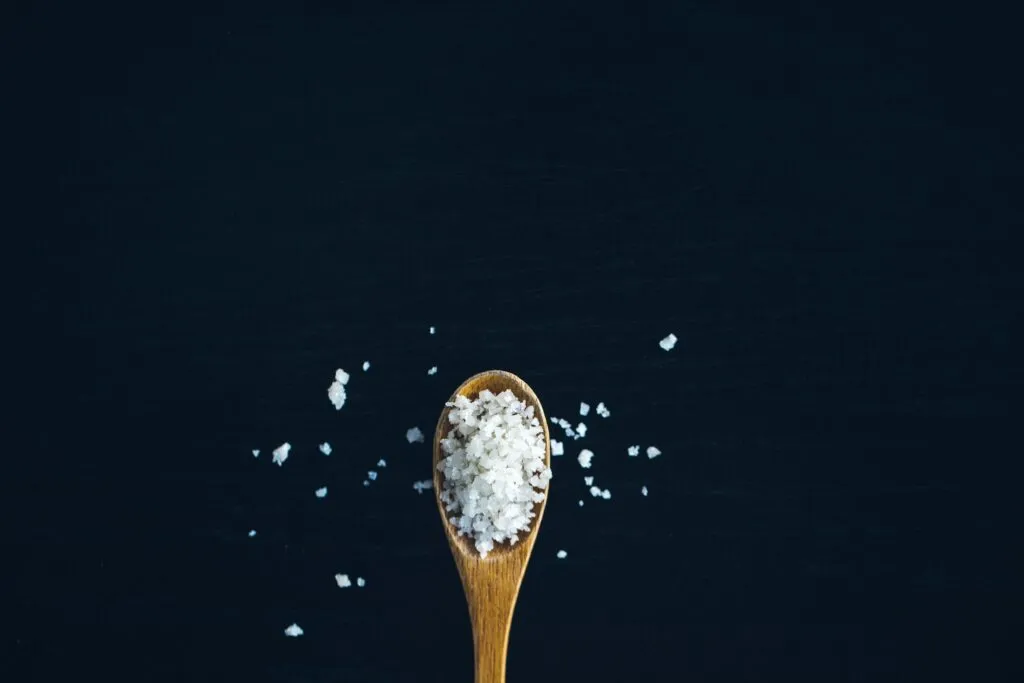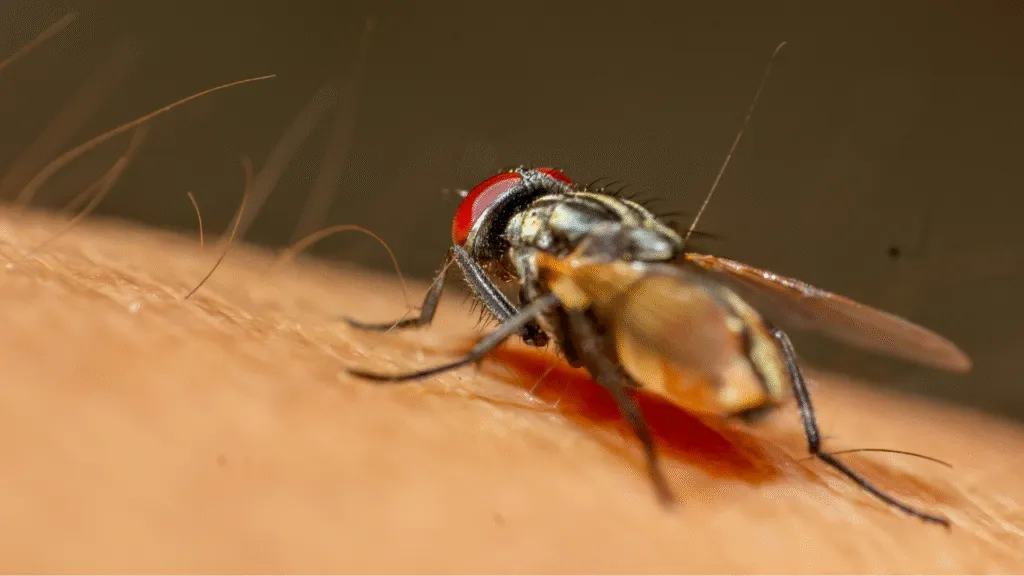Is it safe to eat onions with black spots?
Onions are a kitchen staple, but spotting black dots or streaks can make you pause. The short answer: sometimes yes, sometimes no. Whether an onion with black spots is safe depends on what’s causing the spots, how deep they go, and the onion’s texture and smell. Below I explain the common causes, health risks, how to check an onion, safe ways to use or discard it, and simple storage tips to avoid the problem in future.
What causes black spots on an onion?
Black spots on an onion can come from different sources. Often it’s a surface mold that grows on the dry papery skin in storage. Other times it’s fungal diseases that infect the neck or bulb (for example, Botrytis species causing neck rot), or bruising and oxidation after physical damage. Some molds that show as black or sooty marks can be from common spoilage fungi found during storage and transit.
Do black spots always mean the onion is unsafe?
No — not always. Surface mold limited to the outer papery skin can often be removed and the inner flesh remains fine. But when black spots penetrate into the layers, or the onion is soft, slimy, or smells off, it’s a clear sign of spoilage and you should discard it. Also, if you or anyone in your household has severe allergies to mold, err on the side of caution.
Quick rule of thumb
If the black is only on the dry outer skin and the inner layers look crisp and smell normal, you can usually peel away and use the healthy parts. If blackness reaches inner layers, or the onion is soft, wet, discolored, or smells bad — toss it.
Health risks: are mycotoxins a concern?
Some molds produce mycotoxins — natural chemicals that can cause health problems if consumed in high amounts or over time. The FDA tracks mycotoxins in foods because certain molds (though more common on grains, dried fruit, nuts, etc.) can produce toxins that are heat-stable and not destroyed by normal cooking. For onions, the risk is generally low if contamination is surface-limited, but deeper, heavy fungal growth raises concern and is not worth the risk.
How to inspect and handle an onion with black spots
- Check the smell and feel first. If it smells musty, sour, or rotten, discard immediately. If it feels soft, slimy, or spongy, throw it away.
- Peel off the outer layers. If the black marks are only on the dry outer skin and the inner layers are crisp and white (or pale purple, depending on type), the onion is likely salvageable. Cut away any discolored or soft tissue with a generous margin.
- If black discoloration continues past the outer layers, or you see streaks running into the flesh, toss the onion. Internal fungal infection (like neck rot) can be present even when part of the bulb looks OK.
Safe trimming — how much to cut away?
There’s no universal millimeter rule, but be conservative. Remove the outer papery layers and then cut away any parts that look discolored, soft, or wet. Make sure there’s no lingering odor and that the remaining flesh is firm. If in doubt, discard — food safety experts recommend not taking chances with moldy produce that may harbor toxins or hidden rot.
When to definitely throw onions away
- The onion is soft, mushy, or leaking fluids.
- There is a strong sour or rotten smell.
- Black or dark spots extend into inner layers or into the neck of the bulb.
- You notice fuzzy, powdery mold growth that’s more than a tiny surface smudge.
- Someone using the food is immunocompromised or has severe mold allergies — better to discard.
Cooking and mold: will heat destroy the risk?
Cooking can kill live mold cells, but it does not reliably destroy all mycotoxins when those are present. That’s why visible mold or deep fungal infection isn’t something to “fix” by cooking; removal or disposal is the safer option.
Preventing black spots on onion — practical storage tips
- Store onions in a cool, dry, well-ventilated place. Avoid plastic bags that trap moisture.
- Cure or dry garden-fresh onions before long-term storage (allow necks to dry and papery skins to form). This reduces storage fungi like Botrytis.
- Keep onions away from potatoes; potatoes release moisture and gases that speed spoilage.
- Check stored onions periodically and remove any that show early signs of spots or softening to stop spread.
What about store-bought onions with a few black dots?
Supermarkets handle huge volumes, so occasional outer-skin blemishes aren’t unusual. If you buy an onion that has superficial black specks but is otherwise firm and odor-free, peeling and trimming is usually fine. If a pack or batch smells bad when you open it, return it or discard. For pre-cut fresh onion sold in stores, follow guidelines for fresh-cut produce — and discard if you see mold or sliminess because cut produce spoils faster.
Final takeaway: when to use and when to toss
Onions with minor, superficial black spots on the outer skin are often salvageable by peeling and trimming. But any sign of internal discoloration, softness, slime, bad smell, or extensive mold means discard. Because some molds can produce heat-resistant mycotoxins and because certain fungal infections (like Botrytis neck rot) infect bulbs from the neck inward, it’s safer to be cautious. When in doubt, throw it out — food safety is not worth risking illness.























